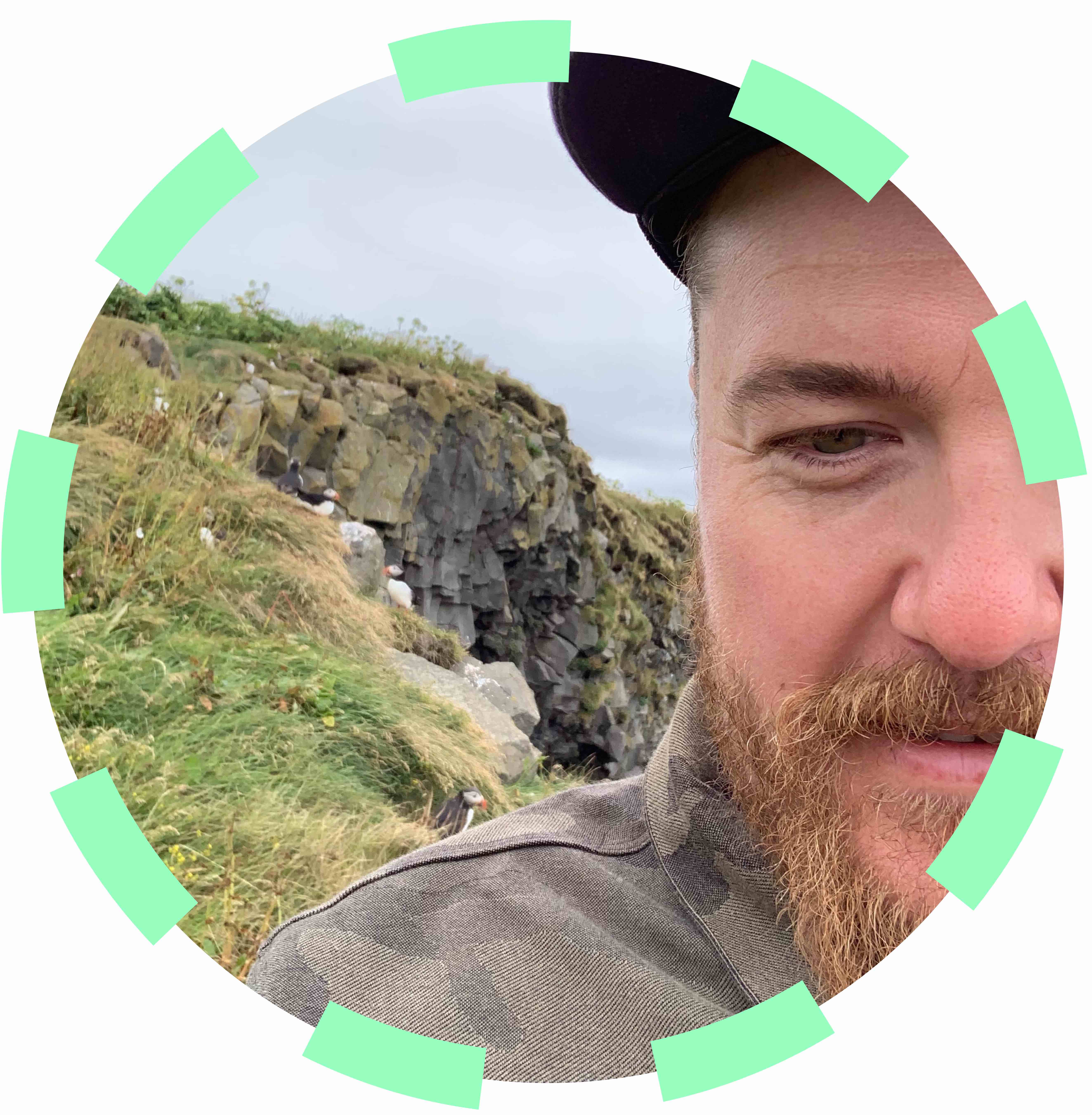×
Welcome to my Portfolio & Toolkit
Hi. Thank you for taking the time to look at my product portfolio and toolkit. The case studies that can be found on this site aim to showcase my varied skillset - from starting something from scratch, to taking a brief and creating a new product, to improving an existing solution.
The toolkit contains a set of frameworks, templates, methodologies, resources and tools that I have come across and collated - I created this originally as a means of organising myself and my process in order to rapidly develop products and decided to put it online as a quick access resource for myself, and my peers.
As someone that has always seen themselves as entrepreneurial and innovative, I’ve found software to be the perfect medium to explore ideas and innovate and invent new things - whether commercially focused, or user focused.
I consider my skill set to be a Product Manager / User Experience Designer hybrid - having a full understanding of the business goals and commercial needs, but with an uncompromising focus on the ultimate User Experience.
Contact
If you have a project or something else you would like to discuss then feel free to email me (hello@marc.ly) or you can find me on LinkedIn here.
